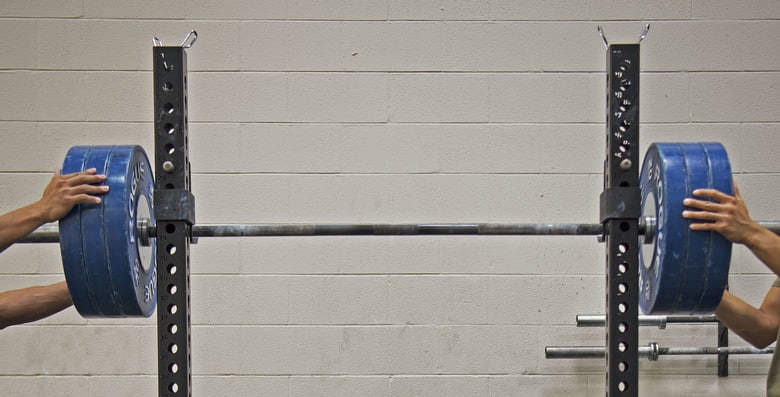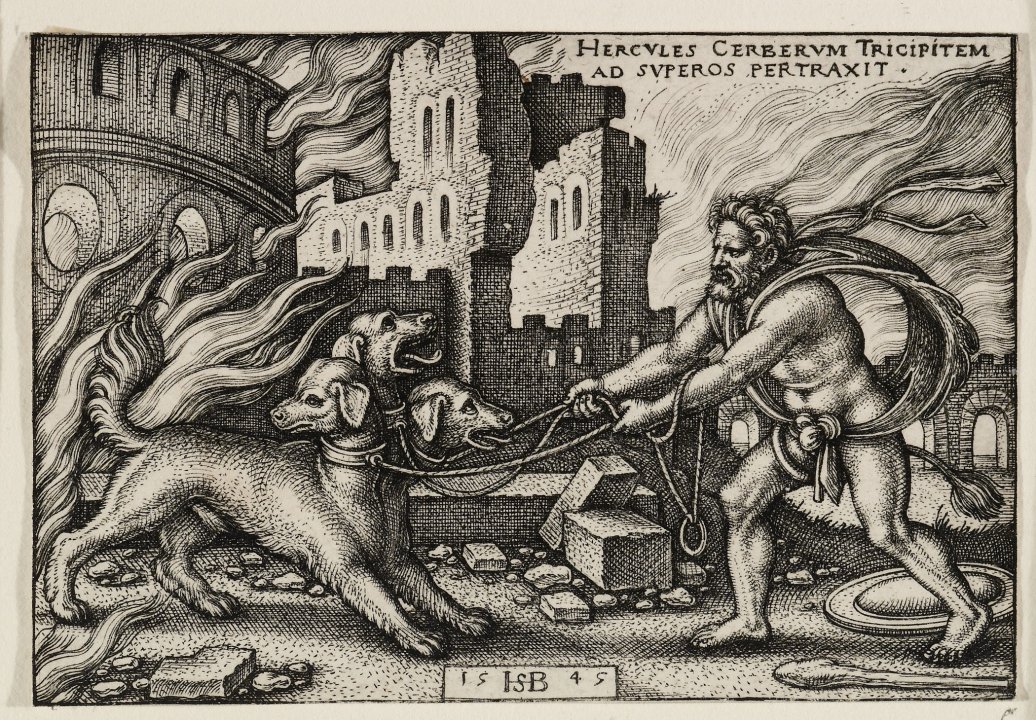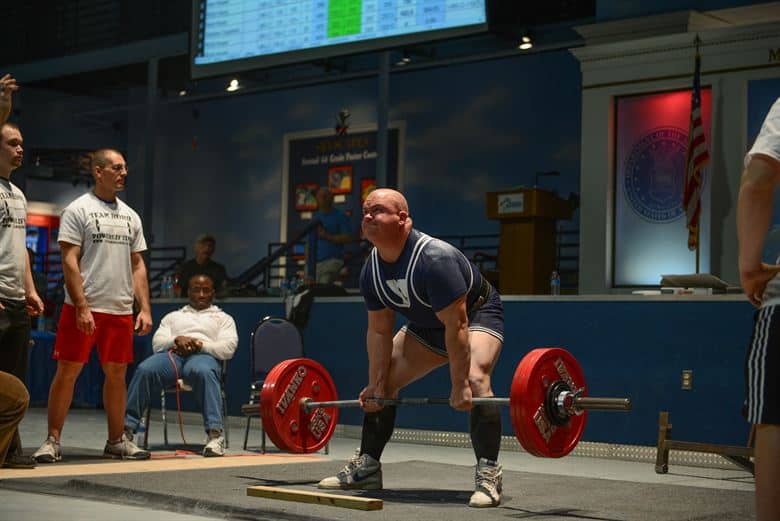Powerlifting can be useful in everyday life, within the right context. The caveat is that to get good at powerlifting, you need to sacrifice time you could’ve spent doing something else. For some people, that time is well-spent focusing on physical strength and fortitude.
To get better at a sport, you must specialize in that sport, and you must make physical and mental sacrifices to get to a level past what would be considered normal. And there are very few sports where such extreme specialization and dedication ends up having any carryover to other, more generalized activities.
However, powerlifting is useful because it promotes general strength, more so even than most other sports. There are exceptions, of course. I’d say powerlifting has more general carryover for the greater population because it’s easier to get into and offers greater longevity for the joints than weightlifting, but strongman sports have an even greater carryover as they almost exclusively focus on “functional” feats of strength, including plenty of carries, pulls, and holds.
Sure, the bench press is the least useful power lift, because we so rarely need to press something horizontally while pinned to the floor, and we’re more likely to require overhead pressing strength or, even more likely, the ability to pull. But the squat and especially the deadlift, have immense carry over not only to several different sports and endeavors (from combat to general fitness to several very specialized sports like football and sprinting) but also make you a more resilient human being to the one thing we all combat equally: physical deterioration and disc degeneration.
We Pick Things Up All the Time
The human body hasn’t evolved to be physically proficient. We’ve evolved to be good with our hands and with our heads. While we are bigger than many of our primate brethren, we’re not necessarily stronger, and our bodies are puny in comparison to a species that evolved in a completely different direction like the gorilla (with whom we may share a common ancestor).
Nevertheless, we still use our bodies to do plenty of things that require strength. “Strength” can be something as simple as having the ability to walk straight with a haul of groceries as an old man/woman. It could be marching a distance with a pail of water. Or carrying a table up a few flights of stairs. While we probably don’t need to pull 300kg off the floor regularly, there are plenty of day-to-day examples of activities and feats that require real strength, especially when you can’t rely on someone to help you.
In most cases, anytime real strength is needed for something, the first part of that movement always requires you to stoop down and pick it up. Picking things up is the most basic of human expressions of strength. And picking things up incorrectly is one of the most common causes of lower back pain and injury.
Powerlifting has made a sport of picking things up. The deadlift, in particular, teaches you to brace, it teaches you to keep your spine safe, it teaches you to engage and start the lift with your legs, and it teaches you to use your hips explosively and with great amounts of force. There’s nothing more functional, in my opinion than a deadlift.
I’m talking about the exercise in general – NOT a competition deadlift. Competition deadlifts can lead to injury because you’re explicitly pushing yourself and your body to the limit. This has its own merits, but in terms of carryover to other sports, I’m talking more about speed pulls, banded or chain deadlifts, and heavy triples or sets of five.
Heavy Resistance Training Decreases Risk of Lower Back Pain
Speaking of lower back pain, aside from helping a person be better at picking things up and generally hurt themselves much less often when picking something up, powerlifting (and strength training in general) is very useful for reducing and even effectively treating lower back pain.
The origin of the pain matters immensely – not all cases of lower back pain are caused by disc degeneration or back injury, and powerlifters do suffer back injuries.
But powerlifting training can help you rehab your back (by strengthening the muscles that support the spine and pelvis), help you add muscle mass to protect your joints from impact and general wear-and-tear, and provide a constructive and helpful way to reduce pain through the release of endorphins during exercise.
It’s also never too late to start. Several studies have demonstrated that resistance exercise (supervised and programmed appropriately) has helped elderly people improve muscle mass and strength, and consequently reduced pain related to joint issues such as arthritis or disc degeneration (which describes several symptoms and conditions related to brittle and aging spinal discs).
Physical Exercise Slows Cognitive Decline
Powerlifting is also useful as a hobby to help keep yourself in shape – physically and mentally. The low injury rate in powerlifting compared to many other hobby sports including all contact sports, tennis, and running, make it an excellent choice for someone who just wants to pick a sport for pragmatic reasons, rather than passion.
But if you do have a passion for lifting, chances are that hitting the iron regularly will help your brain stay “awake” longer.
Resistance training has been linked to improvements in age-related cognitive decline (i.e. dementia), although the exact reason why isn’t understood.
One explanation would be that resistance training provides neural stimulation, as the brain and nervous system must work to create the neural adaptations that help us get stronger (by making the body exert force more efficiently, firing more of the muscle at the same time, ingraining movement patterns, etc.), and that the creation of these neural adaptations is helping the brain stay young.
Another explanation relates to the role of inflammation in dementia, and how weight training actively reduces inflammation and thereby slows neurodegeneration.
Before you misunderstand this as me touting powerlifting as an Alzheimer’s cure or a panacea, understand that I am not doing that. There is evidence that lifting weights and resistance training can slow cognitive decline. It doesn’t cure dementia. And it certainly isn’t a panacea.
Powerlifting Is the Best Way to Train Hip Extension
Optimal hip extension is a vital tool in pretty much any major human movement. You need powerful and healthy hips to dance, jump, sprint, climb, and generally move. Weak hips are the ultimate sign of an excessively sedentary lifestyle (or many, many decades of living).
There’s no better way to train and strengthen the muscles in and around the hips than the deadlift and the squat – two movements that require you to learn functional and healthy hip movement patterns, and strengthen the hip adductors, abductors, flexors, and extensors.
Trust me – you don’t want weak, tilted hips. The hips also serve as the base of your spine and trunk, and they’re the root of a great many different issues, including posture problems like habitually rounded shoulders, and lower back complaints (excessive lower back rounding in posterior pelvic tilting, and excessive lordosis in anterior pelvic tilting).
Note that there’s a difference between pain exacerbated by sedentary living, and born spinal deformities. The former can often be improved and even “fixed” by addressing imbalances (shortened flexors, weak extensors, or the opposite) and strengthening the body. The latter may be helped by resistance training but may require more invasive treatment.
Both require attention from a real orthopedic specialist.
Powerlifting is a Great Way to Maintain Bone Density
Another great argument for powerlifting being useful in general life is that it promotes strong, healthy bones. Brittle bones are bad – and they’re a bigger problem for women than they are for men.
Sadly, there seems to be no data on resistance training and its effects on reducing dysmenorrhea. Women who regularly engage in aerobic exercise tend to cite lower pain levels. There has been research on the effects of the menstrual cycle on strength and power, however, and there are recommendations for women to program around their cycle for lower risk of injury and better strength gains.
It’s a Wholesome Sport (and a Great Way to Make Friends)
Ultimately, powerlifting is useful for one thing more than anything else: making friends. Powerlifting is a simple and honest sport, and there’s no pretending when you’re up on the platform to compete for your best total. And it’s a wholesome sport, where everyone wants to get stronger and push one another to be better.
While you might run into some derision online, I’ve personally had nothing but positive interactions with people in powerlifting in person. And if it’s a sport you like, I urge you to find others around you who like it too. There’s nothing like getting stronger with friends. And powerlifting is pretty useful for that.
Want to lift heavier and avoid injuries? 💪🔥
Download our FREE '5-Minute Warm-Up Routine for Maximum Lifting Performance' and get primed for every workout!
Click below to grab your copy now!👇
👉 Download the Free Guide




